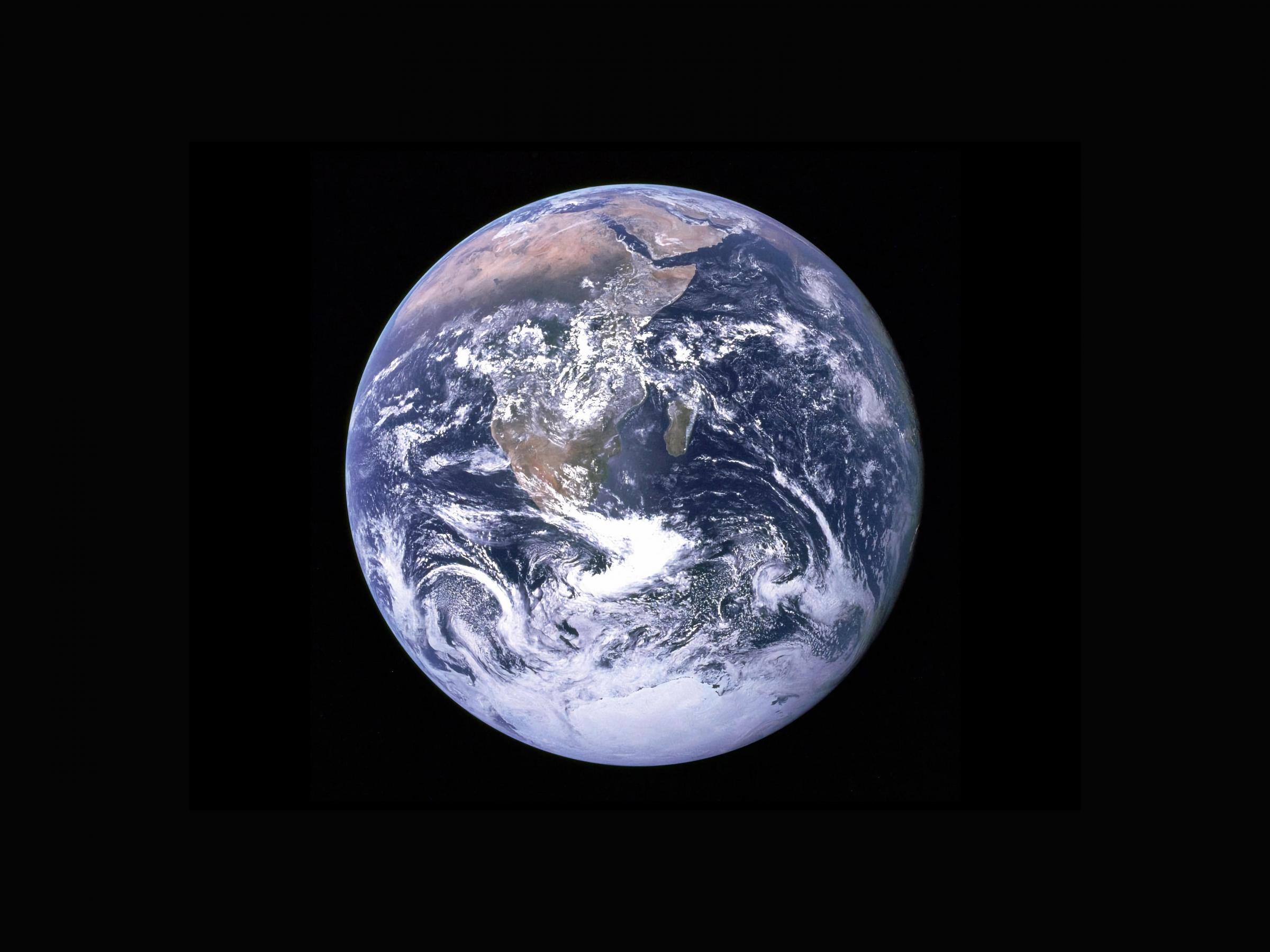
THIS week will see the 190th anniversary of the death of one Enlightenment personality who should be much better known in Scotland and elsewhere for his usually unsung contribution to our understanding of the very stuff of planet Earth.
When he does get the credit he deserves, Sir James Hall of Dunglass is acknowledged as the father of experimental geology, the scientist who proved the geological theories of his friend James Hutton and invented an experimental machine which was a world first.
Born in Dunglass in what is now East Lothian on January 17, 1761, Hall was the son of Sir John Hall, 3rd Baronet, and his wife Magdalena or Magdalen née Pringle, herself the daughter of Sir Robert Pringle, baronet of Stichill in what was then Roxburghshire.
Sir John had made Dunglass his home and his son James would eventually build his own mansion on the site partly designed by the architect and painter Alexander Nasmyth. It was gutted by fire in 1947 and the modern Dunglass dates from the 1960s.
Hall was just 15 when his father died in July, 1776, and he succeeded to the baronetcy which made him a wealthy teenager while still at school in London, his guardian being his maternal uncle Sir John Pringle, then president of the Royal Society.
Under Pringle’s direction, Hall was sent to study at Christ’s College, Cambridge, but left after two years without graduating, going on to France and Switzerland to further his education. Interestingly, Hall may have been considering an army career as his studies in France were at the military college at Brienne where a younger fellow pupil was one Napoleon Bonaparte. In exile in St Helena, many years later, Napoleon recalled that James Hall was the first native of Great Britain that he ever met, while one of the last he met was Hall’s son Captain Basil Hall.
Instead of a military life, Hall returned to Scotland and arrived at Edinburgh University to study under three eminent and ground-breaking professors – John Walker, who held the chair of natural philosophy from 1779 to 1803; Joseph Black, the famous chemist; and John Robison, the Glasgow-born professor of natural philosophy who, among other things, invented the siren and was one of the first propagators of the conspiracy theory about the illuminati and freemasonry.
Fortunately for science, Hall took rather more notice of Walker’s and Black’s theories than Robison’s, and in 1783 he went on a three-year Grand Tour of Europe.
Hall was inspired by Black to use his tour to study the latest chemistry theories and the young man was duly encouraged by the Continental scientists he met to study geology, then an infant science. He investigated the products of volcanic activity in Italy, especially on the island of Sicily, and in France he met Antoine Lavoisier, who was then producing his revolutionary ideas on chemistry. He had already recognised and named oxygen and hydrogen and would go on to help devise the metric system and the table of elements before he was guillotined during the Reign of Terror in 1794.
In 1785 in Rome, Hall had his portrait painted by the Swiss artist Angelica Kauffman, then one of the Eternal City’s most fashionable artists.
Returning to Scotland in 1786, Hall married Lady Margaret Douglas, daughter of the Earl of Selkirk, and they would have six children. With the Scottish Enlightenment reaching its height, Hall threw himself into the social and scientific life of Edinburgh. Remember that at that time, great Enlightenment figures such as Adam Smith and Joseph Black all knew each other personally and it was probably through Black that Hall met Hutton, the father of modern geology, who had presented his theories on the formation of the Earth at the Royal Society of Edinburgh in 1785.
Hall and Hutton became friends and in 1788, along with another Enlightenment figure, the scientist John Playfair, the geologists set out from Dunglass on a trip down the coast to Siccar Point where they found the famous Hutton’s Unconformity rock formation. Hutton’s paper “The Theory of the Earth or an Investigation of the Laws Observable in the Composition, Dissolution and Restoration of Land upon the Globe” had been presented to the Royal Society of Edinburgh in 1785 and now three years later the best evidence yet had been found to back Hutton’s theory that various types of rock were formed at different times, not uniformly as others argued, and had been laid down in strata affected by erosion. Hutton also theorised that rock formations proved that the planet was much older than the Biblical record – a suggestion that had him pilloried by the Kirk – and all that was left was to prove the theory by experiment.
Enter Hall, who at first was very dubious about Hutton’s theories. Nevertheless, in the spirit of the Enlightenment, he set out to examine his friend’s theories after Hutton died in 1797. Now Hall’s true genius came to the fore as he carried out more than 500 trial-and-error experiments which included melting rocks to fuse them and the invention of an analogue modelling machine to measure lateral pressure on layers of clay, thereby proving that rocks could develop in folds.
Like so many of the Enlightenment figures, Hall had many other interests and wrote books on architecture and science as well as being a one-term MP for a Cornish constituency and president of the Royal Society of Edinburgh.
Sir James Hall died at his Edinburgh home in George Street on June 23, 1832, and was buried in the graveyard of Greyfriars Kirk in the city.







